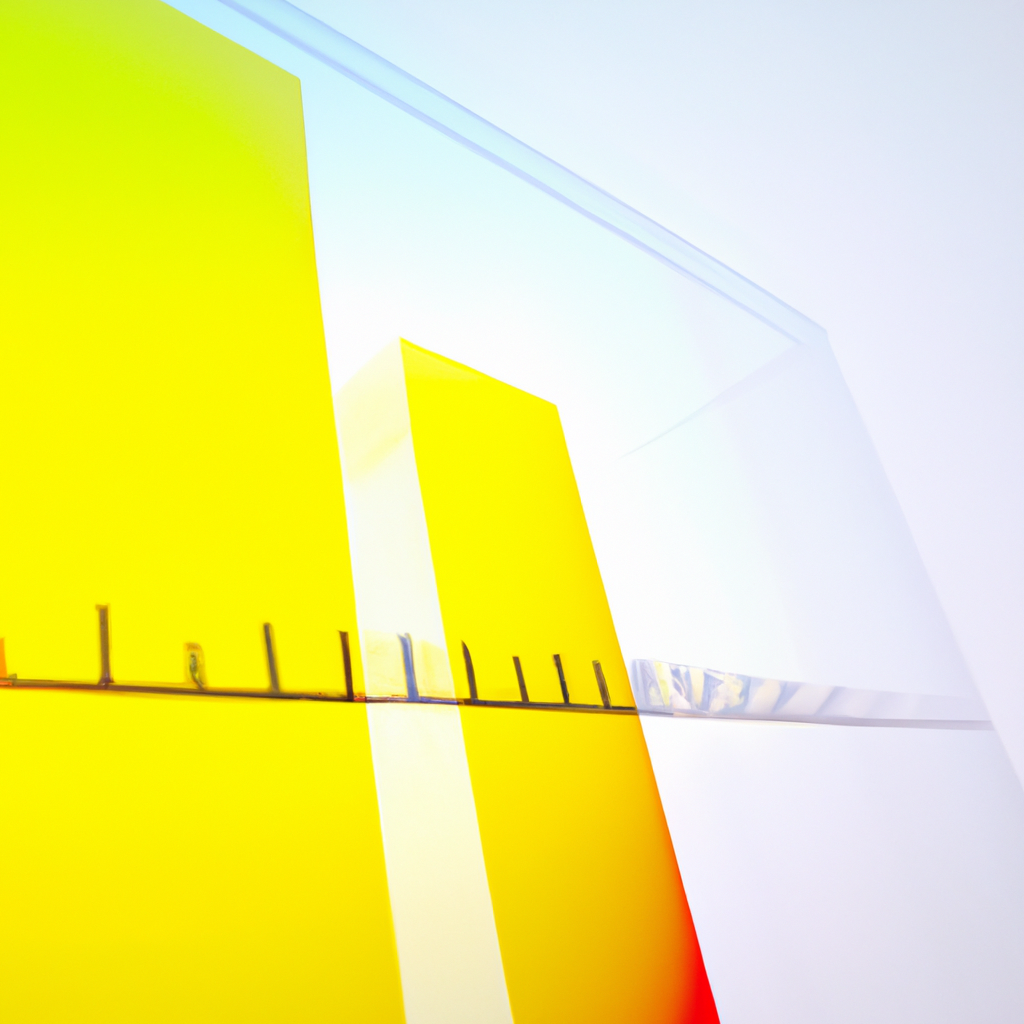Fibonacci Retracement Levels: A Powerful Tool for Technical Analysis
Introduction
When it comes to technical analysis in financial markets, traders and investors rely on various tools to make informed decisions. One such tool that has gained popularity over the years is Fibonacci retracement levels. Derived from the famous Fibonacci sequence, these levels provide valuable insights into potential price reversals and support/resistance levels. In this article, we will explore the concept of Fibonacci retracement levels and how they can be effectively used in trading.
Understanding Fibonacci Retracement Levels
Fibonacci retracement levels are horizontal lines drawn on a price chart to indicate potential levels of support or resistance during a price correction. These levels are based on the Fibonacci sequence, a mathematical pattern discovered by Leonardo Fibonacci in the 13th century. The sequence starts with 0 and 1, and each subsequent number is the sum of the two preceding ones (0, 1, 1, 2, 3, 5, 8, 13, and so on).
Key Fibonacci Retracement Levels
There are several key Fibonacci retracement levels that traders commonly use:
- 23.6%: This level is not a true Fibonacci number, but it is included due to its popularity. It is often the first level that traders look at when a price correction occurs.
- 38.2%: This level is derived from dividing a number in the Fibonacci sequence by the number two places to the right. It is considered a significant retracement level.
- 50%: Although not directly related to the Fibonacci sequence, this level is widely used in technical analysis. It is not uncommon for price reversals to occur near this level.
- 61.8%: Also known as the “golden ratio,” this level is derived by dividing a number in the Fibonacci sequence by the number one place to the right. It is one of the most important Fibonacci retracement levels.
- 78.6%: This level is derived by dividing a number in the Fibonacci sequence by the number three places to the right. It is considered a strong retracement level.
Applying Fibonacci Retracement Levels
To apply Fibonacci retracement levels, traders need to identify a significant price swing or trend. Here are the steps to follow:
- Identify the starting point (low) and ending point (high) of the price swing or trend.
- Plot the Fibonacci retracement levels on the chart, extending them from the low to the high.
- Observe how the price reacts to these levels. If the price bounces off a level, it indicates potential support or resistance.
- Use other technical indicators or price action patterns to confirm the significance of the Fibonacci retracement levels.
Limitations and Considerations
While Fibonacci retracement levels can be a valuable tool in technical analysis, it is important to remember that they are not foolproof. Market conditions, news events, and other factors can influence price movements, sometimes rendering these levels less effective. Therefore, it is crucial to use Fibonacci retracement levels in conjunction with other analysis techniques and indicators to increase the probability of accurate predictions.
Conclusion
Fibonacci retracement levels offer traders a unique perspective on potential support and resistance levels during price corrections. By incorporating these levels into their technical analysis, traders can make more informed decisions and improve their overall trading strategies. However, it is essential to remember that no single tool can guarantee accurate predictions in the financial markets. Utilize Fibonacci retracement levels alongside other analysis techniques to enhance your trading skills and increase your chances of success.
